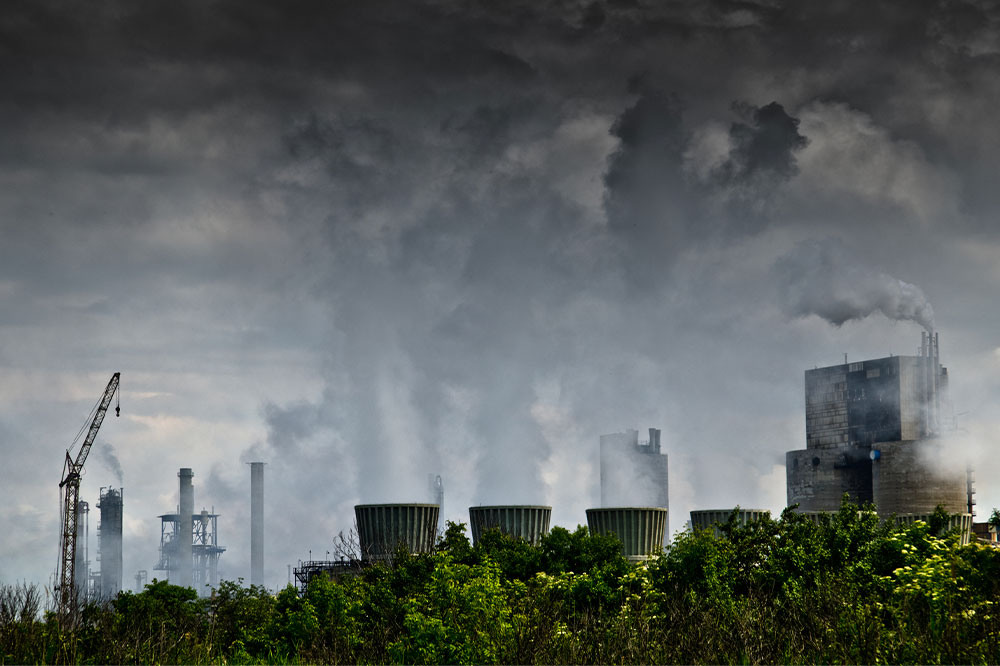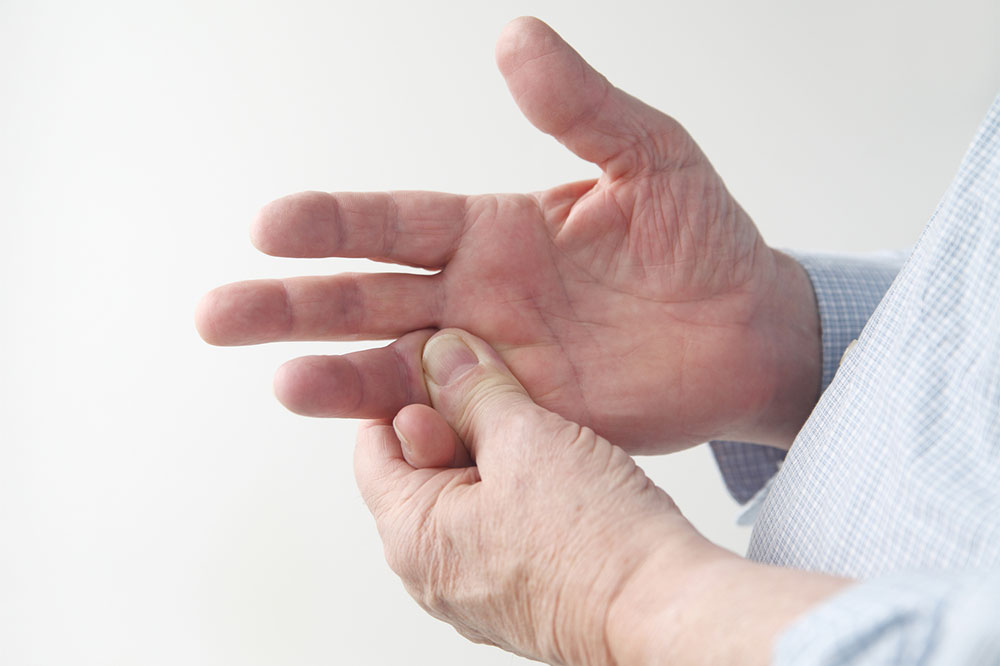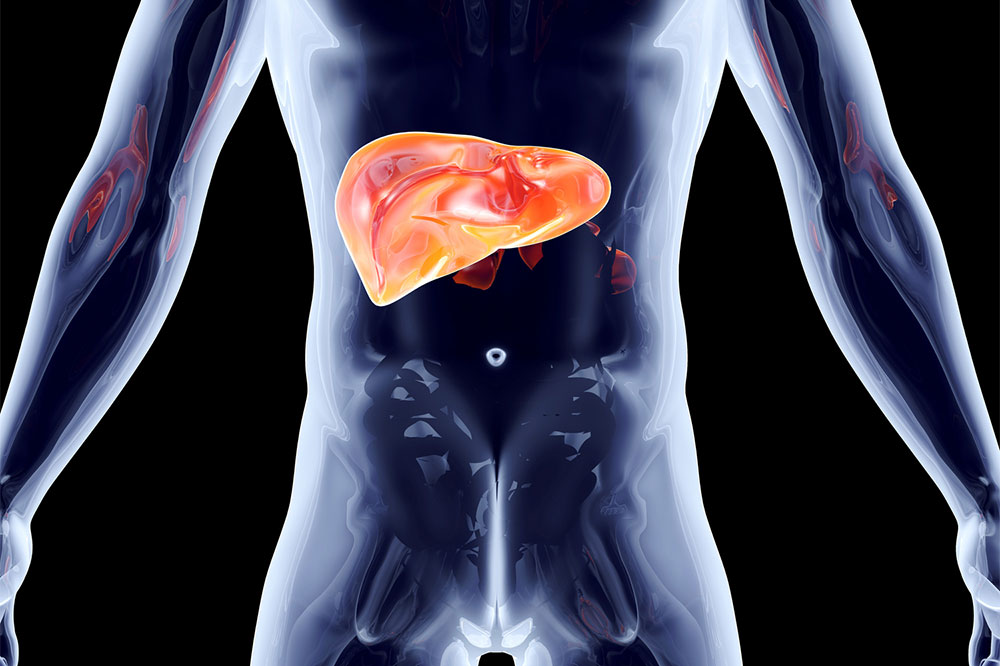9 allergens that cause breathing difficulty

Airborne allergens are the main culprits that trigger seasonal and chronic respiratory disorders. A person can experience difficulty breathing, coughing, sore throat, wheezing, and inflammation of the nasal passage just to name a few of the discomforts. Some prescriptions can help manage moderate to severe symptoms of such allergies. Also, mild symptoms can be managed by avoiding these nine common allergens that are found in breeding indoors and outdoors. Some of them are:
Pollution
Particulate pollution has become one of the major triggers of respiratory disorders in urban cities. Any form of exhaust smoke, be it from vehicular or industrial pollution, can trigger inflammation in the nasal passages. This inflammation causes shortness of breath, wheezing, and chest tightness, indicating an allergic reaction.
Dust mites
Dust and dust mites are two different things. Dust indoors is mostly dead skin cells and atmospheric residue that settles on surfaces. However, dust mites are microscopic bugs that breed on difficult-to-reach surfaces and multiply rapidly. Inhaling these microscopic particles can irritate and inflame the respiratory passage lining.
Pollen
Pollen is one of the most common airborne allergens in the country, accounting for most cases of respiratory disorders. Pollen is released by the male part of the flower to pollenate female flowers and produces seeds. Pollen is mostly carried by insects, thus making it a commonly transmitted airborne allergen.
Pet dander
Pets shed their fur, and along with that, everything that gets stuck within the fur. So they carry indoor and outdoor allergens that can trigger serious breathing difficulty. Some people are so allergic to pet dander that they immediately start sneezing and coughing. Inhaling the dander also makes the throat and mouth go dry.
Mold
Mold is cloudy fungi that grow millions of spores in damp weather and extreme humidity. It is usually found around the house, under the roof, on the window frames, or in any damp corner. Repeated exposure to mold can cause the eyes to become watery and trigger a runny nose and sneezing. It can also cause a person to experience difficulty breathing, trigger wheezing, and develop a headache.
Insects/pests
Even common insects and rodents like cockroaches, mice, and rats carry a colony of pathogens that are considered major triggers of asthma attacks. Cockroaches carry specific enzymes or proteins left behind in the saliva and excrement. Coming in contact with these allergens triggers a serious reaction.
Disinfectants
Even floor cleaners, toilet cleaners, and common disinfectants used around the house contain heavy concentrates that can trigger breathing difficulties. These artificial allergens vary in terms of severity depending on the amount of exposure. But not all products are harmful, and only some are potent enough to trigger long term complications.
Industrial chemicals
Working in industrial spaces also exposes people to harmful chemicals and solvents. Even wearing protective masks and gear may not suffice due to the sheer potency of industrial fumes. Repeated exposure is often cited as one of the main reasons for allergies that trigger severe breathing problems.
Fragrances
Some people may also have an allergic reaction to natural or artificial fragrances. For example, pollinating flowers like daisies, chrysanthemums, and sunflowers all smell good. But with the fragrance, they also release pollen that triggers an allergic response. Alternatively, some artificial fragrances that use alcohol as a base ingredient can also trigger irritation upon inhalation.






